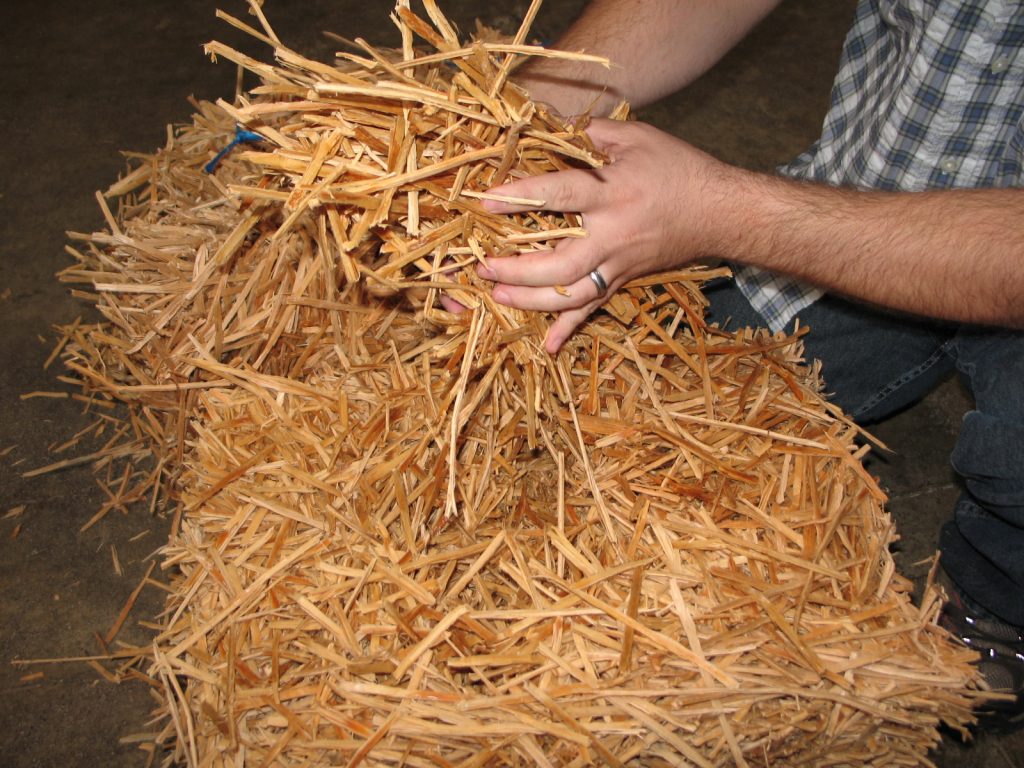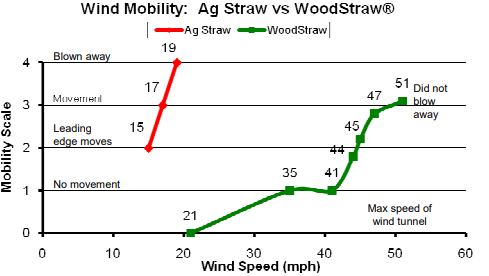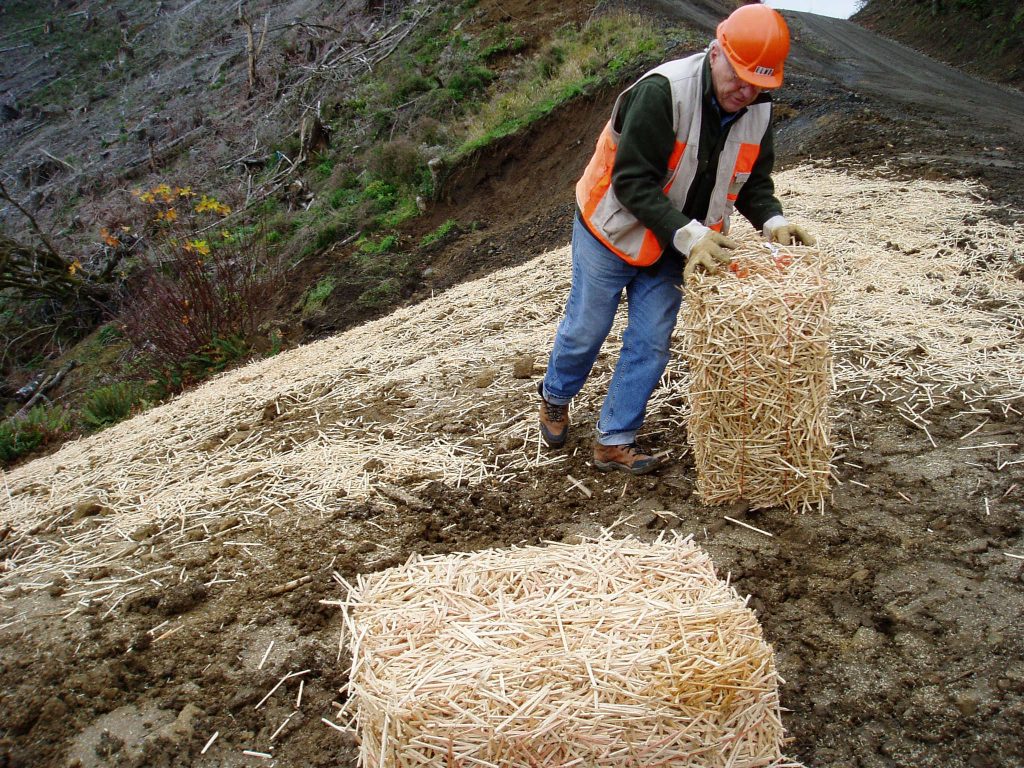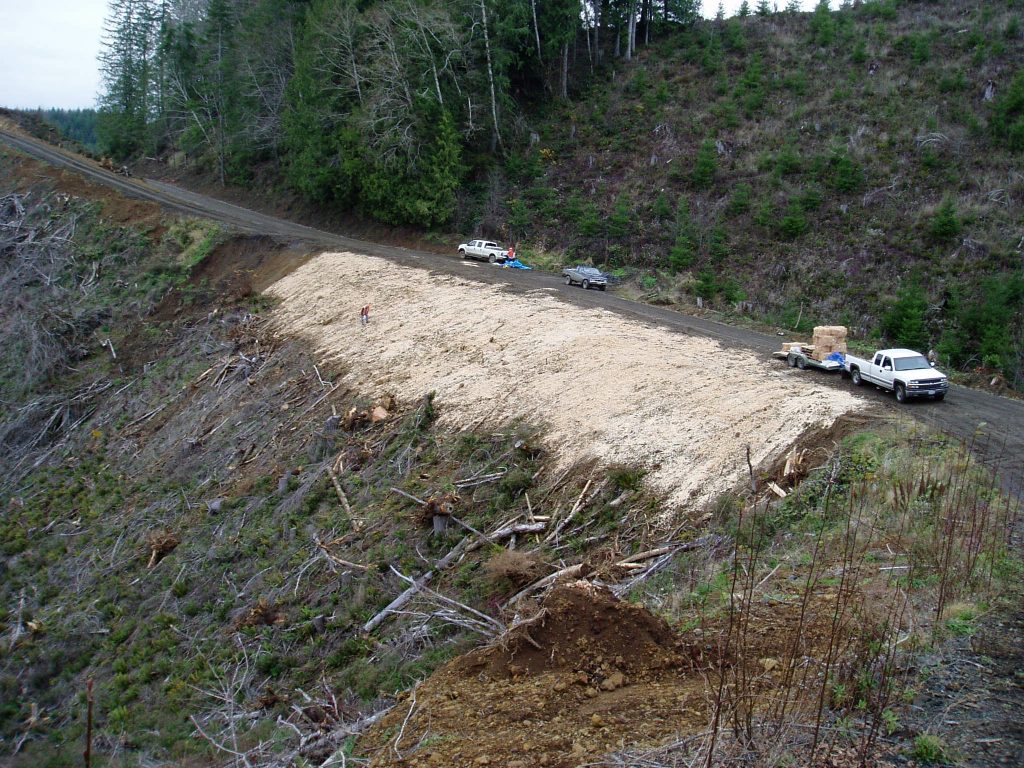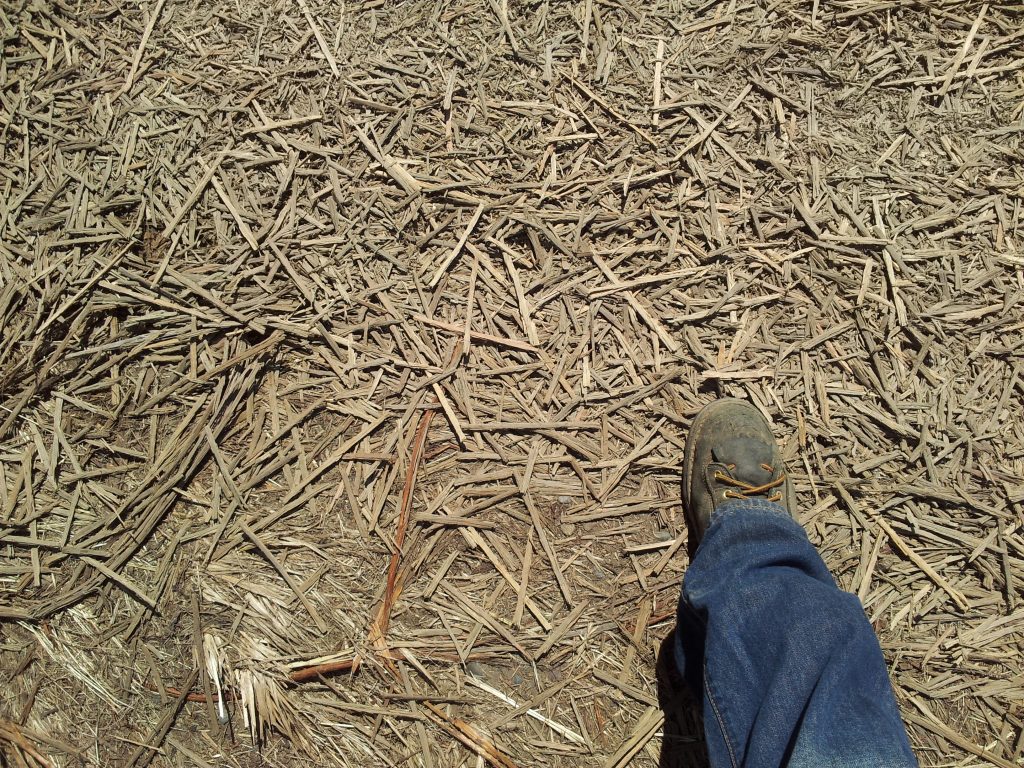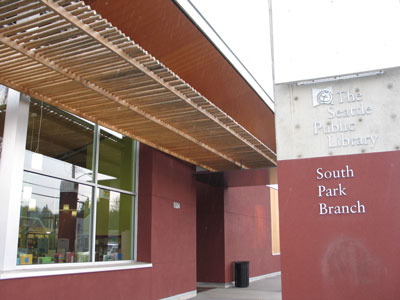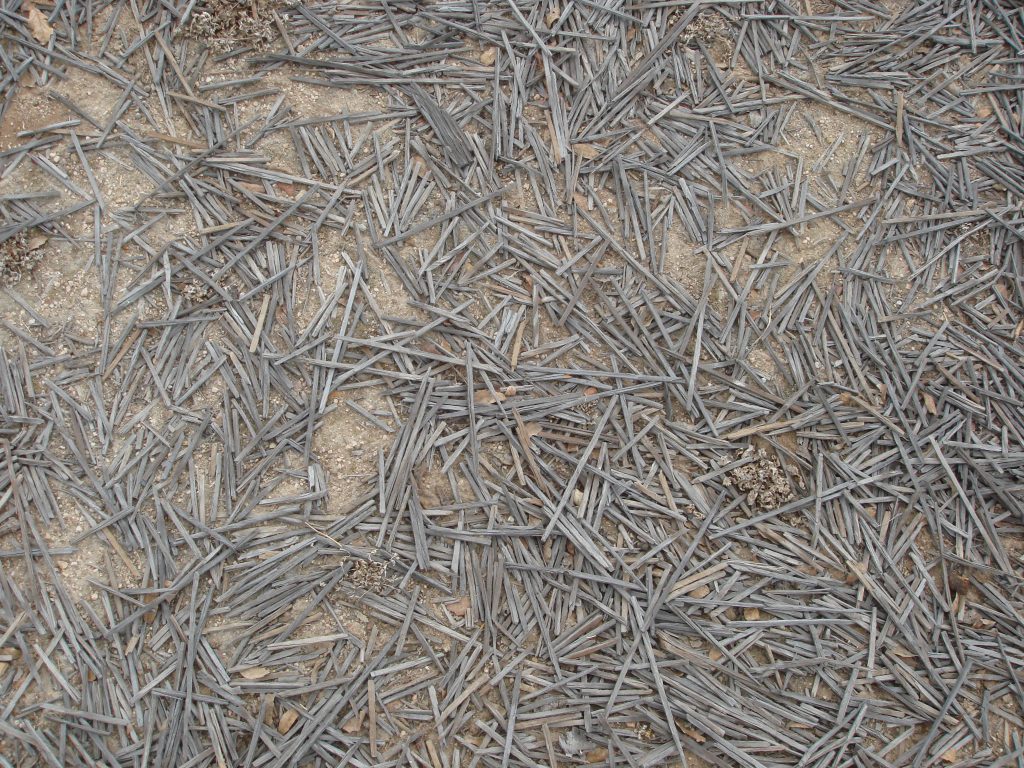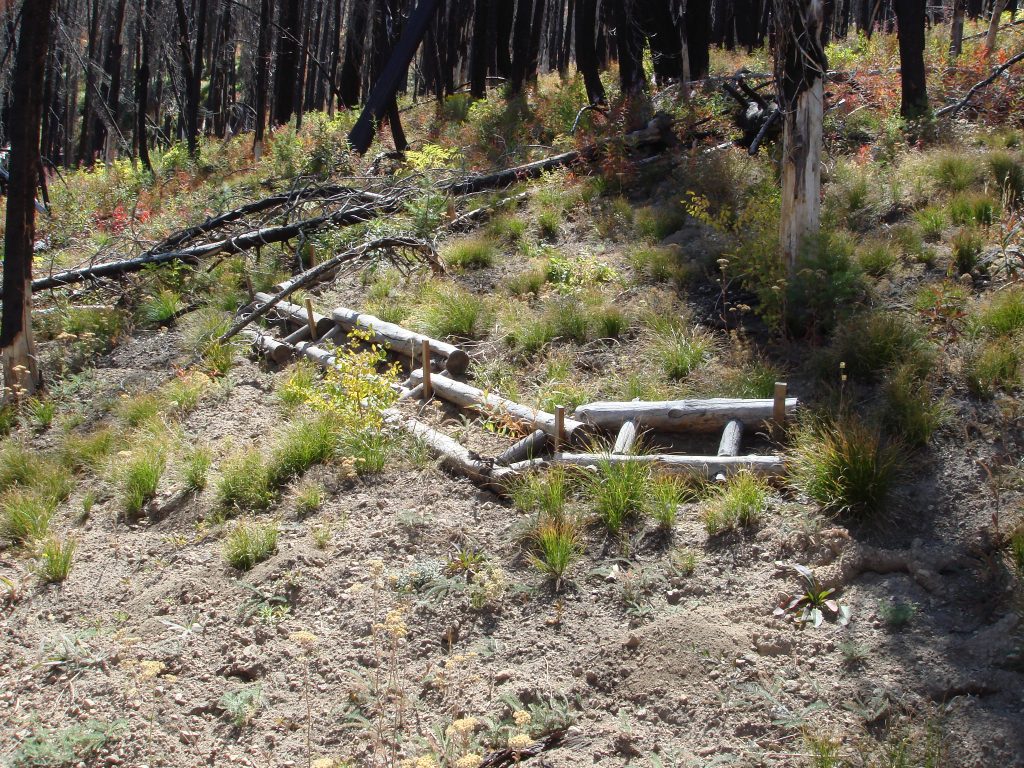Woody Biomass Size Reduction with Selective Material Orientation
Abstract Roundwood logs from forests and energy plantations must be chipped, ground, or otherwise comminuted into small particles prior to conversion to solid or liquid biofuels. Results & discussion: Rotary veneer followed by cross-grain shearing is demonstrated to be a novel and low energy consuming method for primary breakdown of logs into a raw material […]
Woody Biomass Size Reduction with Selective Material Orientation Read More »


